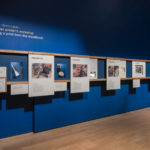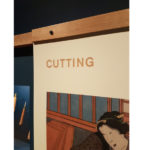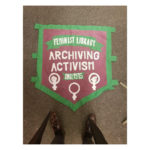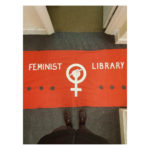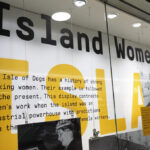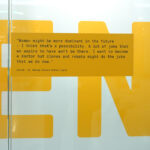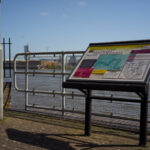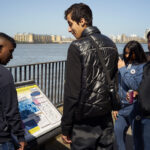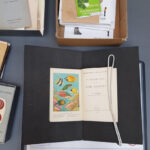
We catch up with Anna Lincoln in this very first edition of our ‘In Practice’ series, shining the spotlight on MA Narrative Environments alumni trajectories since graduating from the course.
Anna Lincoln // annalincoln.co.uk
Where are you working now?
I work as a designer for the Arts, predominantly with museums and cultural institutions.
Currently I lead the 2D team at the Natural History Museum, and I continue to work freelance on creative projects in my own time.
Working with interesting people and stretching myself keeps me up to date and feeling alive, so I’m always looking for exciting new collaborations.
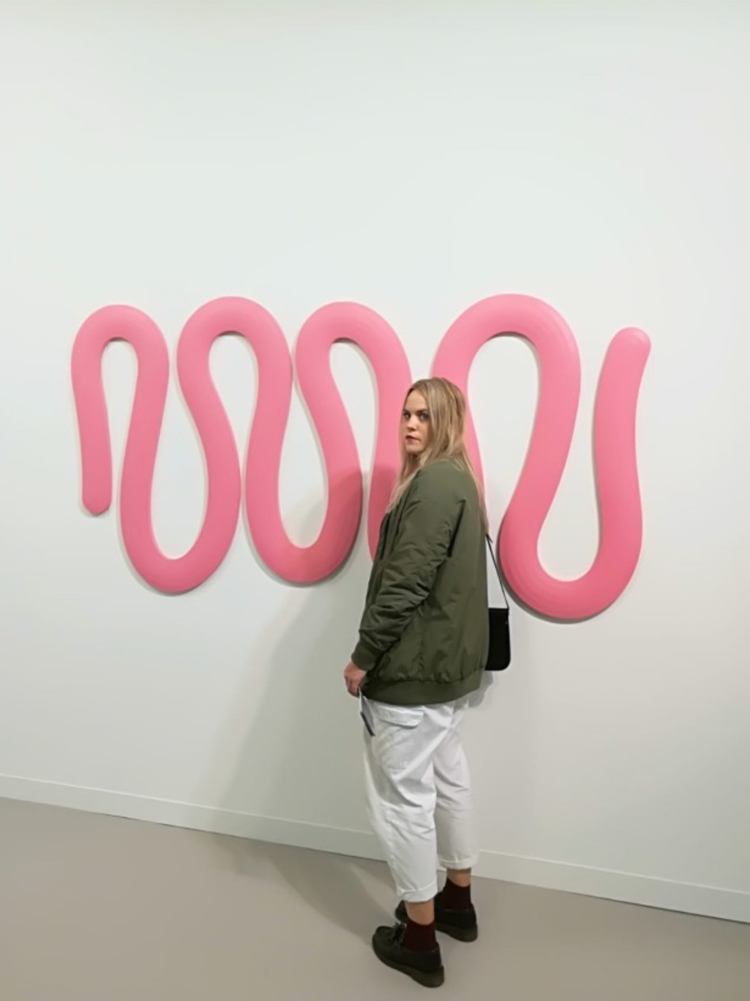
Tell us about a narrative environment you’ve worked on since graduating.
After graduating, I worked as a senior graphic designer at the British Museum on temporary exhibitions, including the exhibitions Japanese Woodblock printing and Edvard Munch.
Part of the enjoyment of exhibition design is that you get to work with a team of specialist designers and also find out really diverse subject matter from the expert curators. In this kind of project, a huge editing task takes place, and it’s a group effort to work out what narrative will work best within the restrictions of a gallery space.
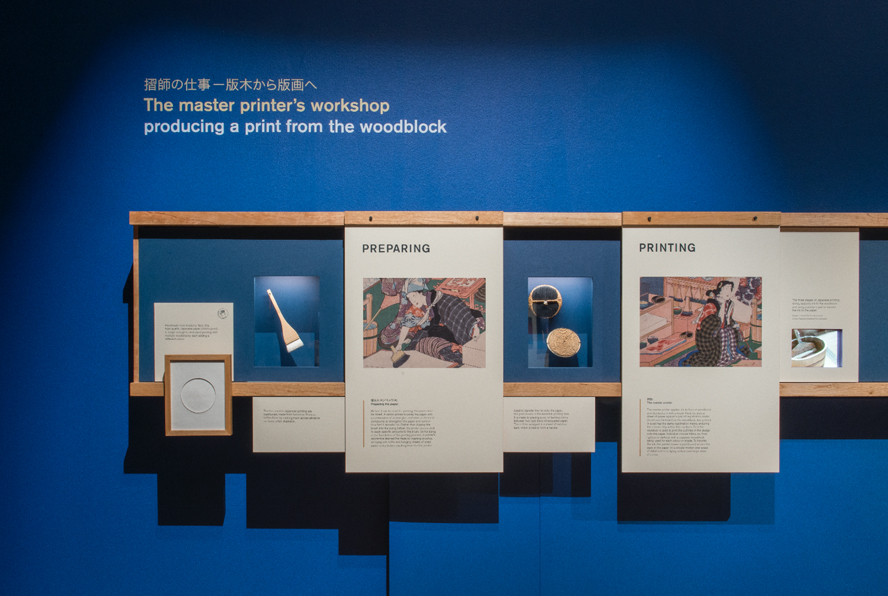
Recently, I have started working on the newly housed Feminist Library in Peckham – developing its visual identity and interpretation design. It has a long and hard fought history so the challenge is to respect that, while doing something contemporary that fits for a group of keen followers committed to supporting its future role in society.
Such projects can be emotive, as I discovered when I was commissioned by Canary Wharf to roll-out one of my major project’s research pieces, about working women in the Isle of Dogs. ‘Island Women’ was displayed in the heart of Canary Wharf’s financial district, and contrasted the experience of working women in the twentieth century with their experiences today.
What’s the most unexpected collaboration you have been involved in?
I’m currently working on a bespoke carpet design with fellow MANE graduate and artist, Julie Howell, for a National Trust site, Calke Abbey. This is a first for me! And it’s unlike other carpets, in that it doesn’t have a repeat pattern and features handwritten notes. So people will be walking over the design.
At 13 metres, one of the things that really excites me is the scale, I can’t wait to walk all over my work!
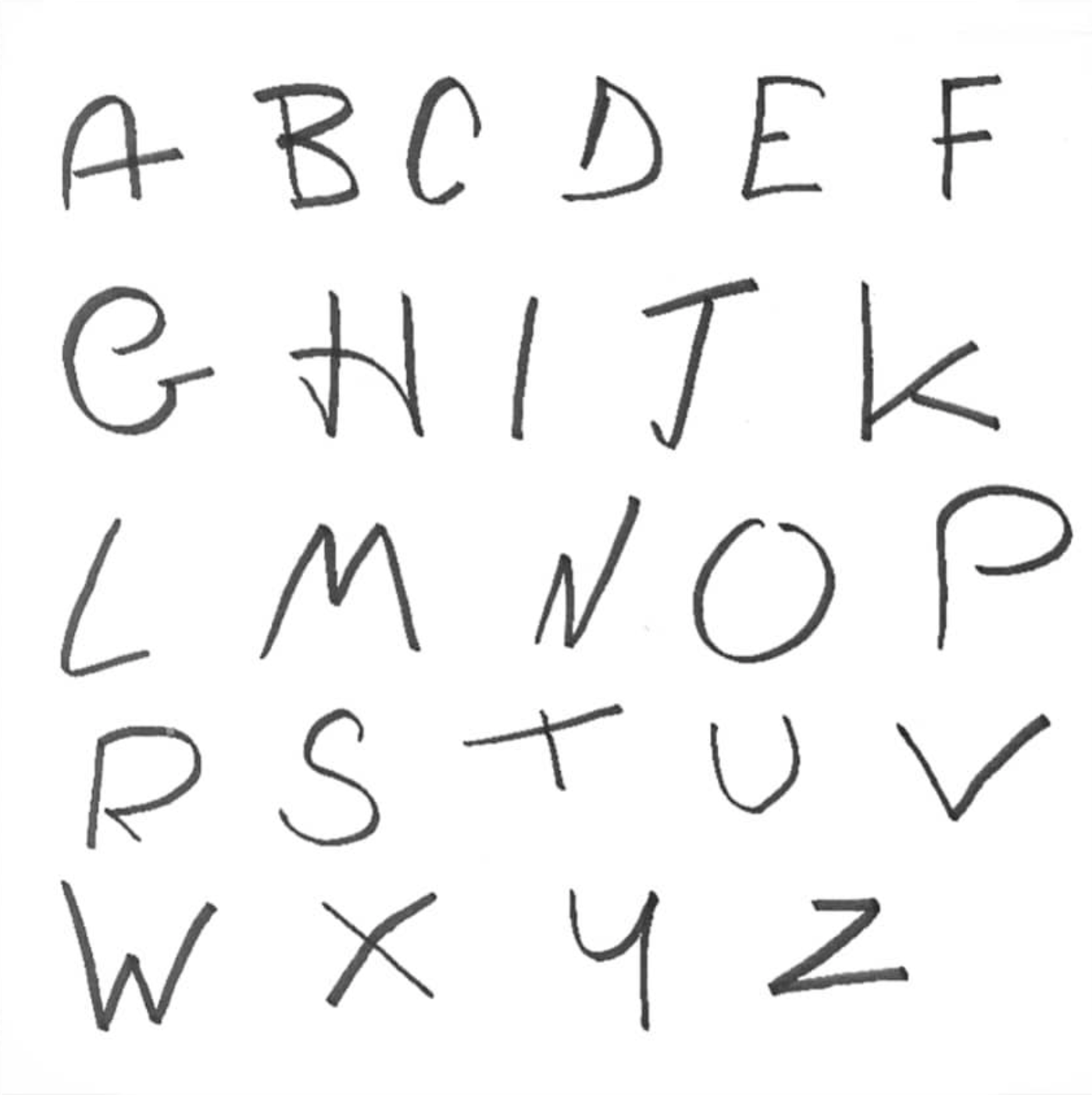
Is there a current narrative environment you would recommend people to visit?
I did my Final Major Project for the Narrative Environments course ontheIsle of Dogs in London. I’m still obsessed with it,as a location. It is steeped in history, has some fantastic characters livingthere, hasthehighest disproportion of wealth anywhere in London – with city workers splashingthecash right next to families who have livedthereforgenerations as dock workers – and it has a farm and a post-modern designed pumping station. Itevenhas beaches too.
What narrative environment method or approach have you found useful in your practice?
I love to research and I set aside a lot of time for it within any design project. Even if it have not been commissioned yet, I like to look into the project and its background. This means I come to a project brimming with ideas from the very start, and if they are not ideas I use there, they might set off a chain of thought for something else.
I keep a note of all these things that crop up, saving images, web pages, books or just telling people about the interesting bits and pieces I have come across which keeps it fresh and evolves the ideas for future use. Narrative design is often layered and my design decisions will have defined rationales, specific to different contexts.
What advice would you give a current student about to graduate?
Meet regularly with your peers and contemporaries. Find out whatthey are doing and be generous with information in return.And don’t drink too much at your final major show, you may be feeling a little emotional after all that hard work…
